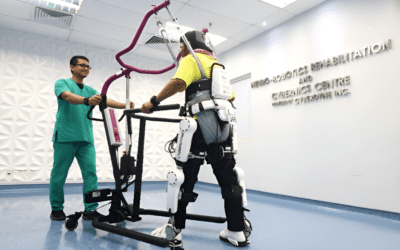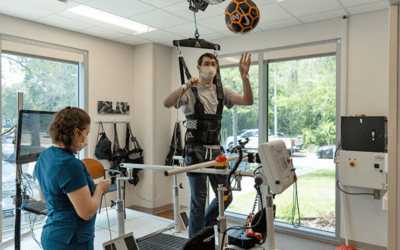Epilepsy is a neurological disorder characterised by recurrent seizures, and while many individuals with epilepsy can manage their condition with medication, some may require surgical intervention to control seizures effectively. Several surgical options are available for epilepsy treatment, each tailored to the specific needs and circumstances of the individual. In this blog, we will delve into the different surgeries commonly used for epilepsy and their potential benefits.

Surgical Approaches for Epilepsy
1. Focal Resection
Focal resection involves the removal of the seizure focus, or the area of the brain where seizures originate. This targeted approach is often used in cases where seizures are localised to a specific region of the brain.
2. Temporal Lobe Resection
Temporal lobe resection is a common surgical procedure for epilepsy, particularly for individuals with temporal lobe epilepsy. It involves removing the hippocampus and surrounding tissue in the temporal lobe to reduce seizure activity.
3. Extratemporal Resection
Extratemporal resection may be performed in cases where seizures originate from other areas of the brain, such as the frontal, parietal, or occipital lobes. This procedure targets the specific epileptic focus outside the temporal lobe.
4. Lesionectomy
Lesionectomy is the surgical removal of a brain lesion or abnormality suspected to be causing seizures. This procedure aims to eliminate the source of abnormal electrical activity in the brain.

5. Multiple Subpial Transections
Multiple subpial transections involve making small cuts in the brain tissue to disrupt the spread of seizure activity without removing brain tissue. This approach is used in cases where the epileptic focus is near critical brain areas.
6. Laser Interstitial Thermal Therapy
Laser interstitial thermal therapy uses laser heat to destroy the seizure focus with precision. This minimally invasive procedure allows for targeted treatment and reduced recovery time.
7. Anatomical or Functional Hemispherectomy and Hemispherotomy
Hemispherectomy involves disconnecting or removing an entire cerebral hemisphere to control severe epilepsy that affects one side of the brain. Hemispherotomy is a modified version of hemispherectomy that aims to disconnect the affected hemisphere while preserving surrounding brain function.
8. Corpus Callosotomy
Corpus callosotomy is a surgical procedure that involves severing the corpus callosum, the band of nerve fibres connecting the two brain hemispheres. This procedure can help reduce the spread of seizures between the hemispheres.
9. Stereotactic Radiosurgery
Stereotactic radiosurgery delivers focused radiation to target and destroy the epileptic focus. This non-invasive approach can be effective for certain types of epilepsy.
10. Neurostimulation Device Implantations
- Vagus Nerve Stimulation (VNS): VNS involves implanting a device that delivers electrical impulses to the vagus nerve to reduce seizure activity.
- Responsive Neurostimulation (RNS): RNS is a closed-loop system that detects and responds to abnormal brain activity by delivering targeted electrical stimulation.
- Deep Brain Stimulation (DBS): DBS is a procedure that involves implanting electrodes in specific brain regions to modulate abnormal electrical activity and reduce seizures.
Conclusion
Surgical treatment for epilepsy offers a range of options for individuals whose seizures are not adequately controlled with medication alone. Each surgical approach is tailored to the individual’s specific seizure patterns, brain anatomy, and overall health. Consultation with a multidisciplinary team of healthcare professionals, including neurologists, neurosurgeons, and epileptologists, is essential to determine the most appropriate surgical option for each patient. By exploring the various surgical techniques available for epilepsy treatment, individuals can make informed decisions to improve seizure control and quality of life.



